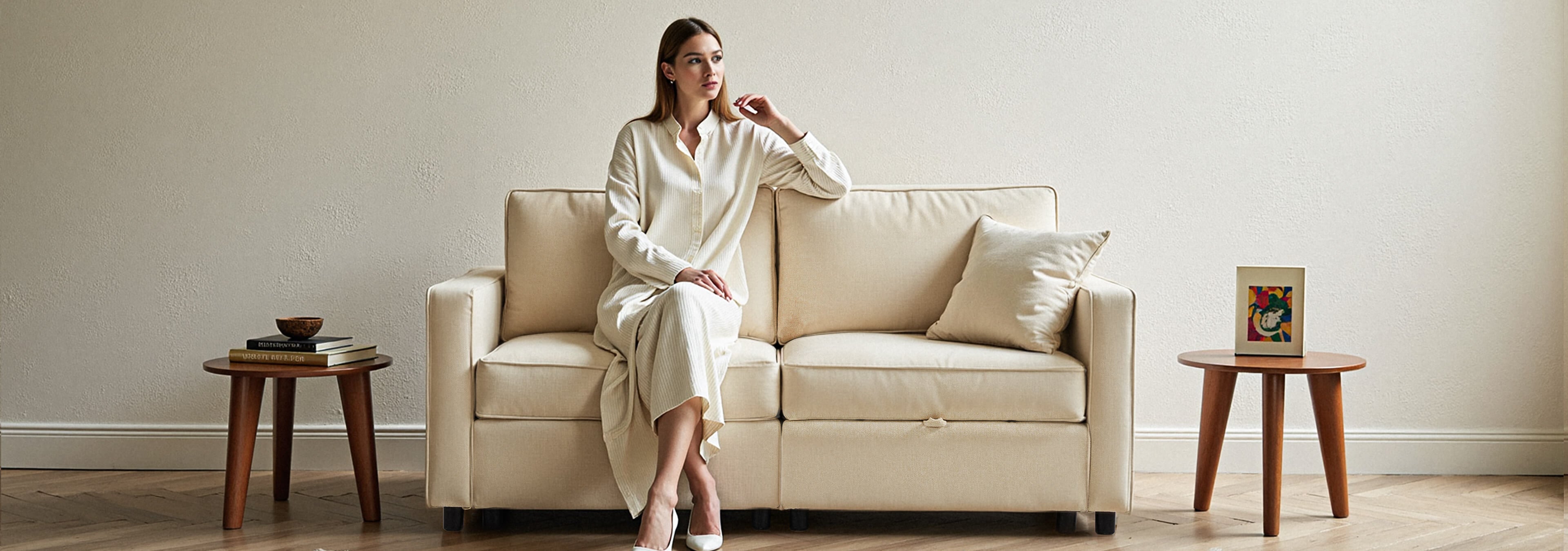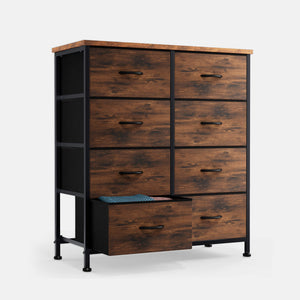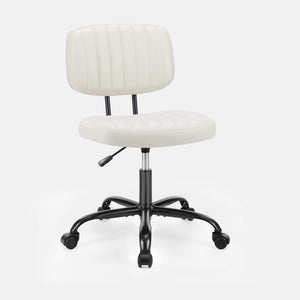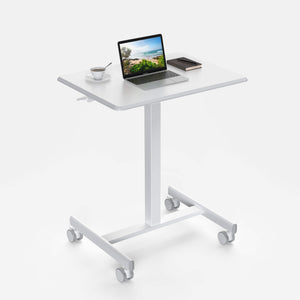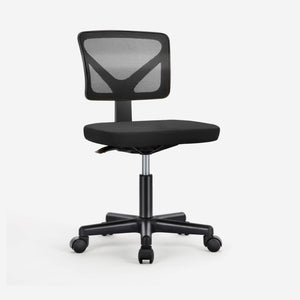Creative Ways to Use Your Magnetic Dry Erase Whiteboard
A magnetic whiteboard opens up countless possibilities for staying organized and boosting productivity. Here's how you can transform this simple tool into your workspace's most valuable asset.
Turn It Into Your Visual Command Center
Your whiteboard can become the hub where everything important lives. Map out your weekly priorities in one section, track ongoing projects in another, and reserve space for quick notes or reminders. The magnetic surface means you can attach important documents right where you need them, creating a dynamic workspace that evolves with your needs.
Color-Code for Instant Clarity
Different colored markers can help you process information faster. You might use blue for tasks, red for deadlines, and green for completed items. This visual system helps your brain quickly identify what needs attention without reading every word on the board.
Maximize the Magnetic Feature
Beyond just writing, think about what you can attach. Small magnetic containers can hold dry erase markers and erasers right on the board. Magnetic clips work great for hanging reference sheets, calendars, or inspiration. This keeps everything you need within arm's reach.
Create Reusable Templates
If you find yourself drawing the same charts or grids repeatedly, consider using thin magnetic tape to create permanent sections. Weekly planners, project timelines, or habit trackers become easy to update when the structure is already in place.
Keep Your Board Fresh and Functional
Dry erase surfaces work better when they're properly maintained. Erase completely rather than leaving faint marks behind—those ghost images can build up over time. For a deeper clean, a damp microfiber cloth works wonders. Cleaning your board weekly helps the markers glide smoothly and keeps colors vibrant.
Involve Your Team in Collaborative Spaces
When multiple people contribute to a whiteboard, magic happens. Brainstorming sessions become more dynamic when everyone can add their thoughts visually. The magnetic feature lets team members post sticky notes, photos, or printouts alongside written ideas, creating a rich tapestry of collaborative thinking.
Designate Zones for Different Purposes
Dividing your whiteboard into dedicated areas prevents it from becoming cluttered. One corner might track daily to-dos, while a larger section handles project planning. A small area for quick calculations or phone numbers keeps random notes from taking over your organized spaces.
Refresh Your Approach Regularly
What works this month might not work next month, and that's okay. Your whiteboard should adapt to your changing needs. Don't be afraid to completely erase everything and start fresh with a new system when your workflow shifts.
















